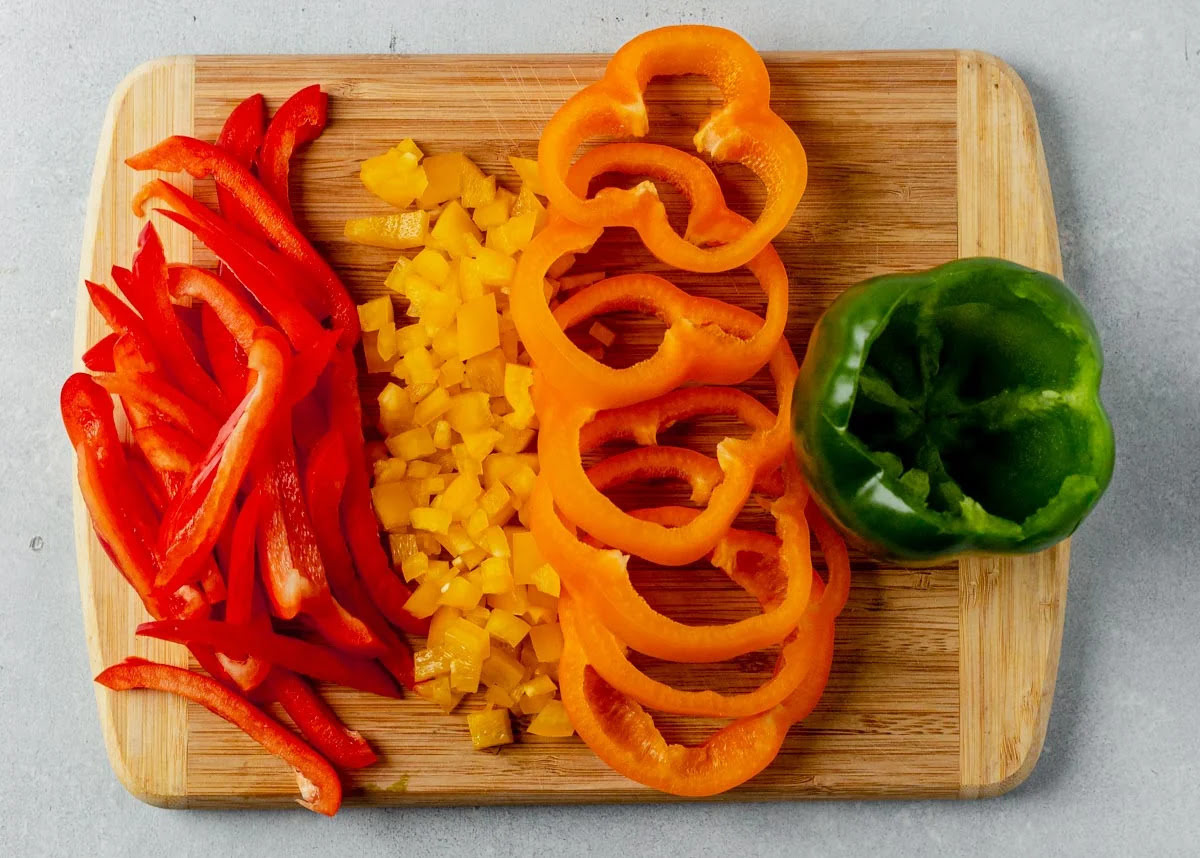

Articles
How To Store Cut Peppers
Modified: January 9, 2024
Learn how to store cut peppers properly to keep them fresh and flavorful for longer. Our informative articles provide easy-to-follow tips and tricks for storing peppers.
(Many of the links in this article redirect to a specific reviewed product. Your purchase of these products through affiliate links helps to generate commission for Storables.com, at no extra cost. Learn more)
Introduction
Peppers are a versatile and delicious ingredient used in many culinary dishes. Whether you prefer the sweet, mild flavor of bell peppers or the fiery heat of chili peppers, there’s no denying their appeal. But what happens when you have leftover or cut peppers that you just can’t finish in one sitting? That’s where proper storage comes in.
Storing cut peppers correctly is essential to maintain their freshness and flavor. Improper storage can result in wilting, loss of crispness, and even spoilage. In this article, we will explore the best methods for storing cut peppers, whether you plan on using them in the near future or want to preserve them for longer periods.
By following the tips and techniques outlined in this guide, you’ll be able to extend the shelf life of your cut peppers while ensuring they remain tasty and enjoyable to use in your favorite recipes. So let’s dive in and discover the secrets to storing cut peppers like a pro!
Key Takeaways:
- Store cut peppers in airtight containers or freezer bags after washing, drying, and separating by variety. Refrigerate for short-term use or freeze for long-term preservation, ensuring vibrant flavor and versatility in your dishes.
- Choose fresh, firm peppers and prepare them properly before storing in the refrigerator, freezer, or through canning. Follow specific guidelines for each method to maximize shelf life and minimize waste.
Read more: How To Store Cut Bell Peppers
Why Store Cut Peppers?
There are several reasons why storing cut peppers is beneficial. First and foremost, it helps reduce food waste. When you have leftover peppers or need to cut them in advance for meal prep, storing them properly allows you to use them later without having to throw them away.
Storing cut peppers also saves you time and effort in the kitchen. By preparing and cutting the peppers ahead of time, you can streamline your cooking process. This is especially useful for busy individuals or families who want to have a quick and convenient meal option readily available.
Furthermore, storing cut peppers gives you the flexibility to add them to various dishes whenever you want. Whether you want to toss them in a salad, stir-fry them with other vegetables, or use them as a topping for sandwiches and wraps, having pre-cut peppers on hand allows you to easily incorporate them into your meals.
In addition, storing cut peppers can be a cost-effective option. Buying peppers in bulk when they are on sale and then cutting and storing them for later use can save you money in the long run. Instead of purchasing pre-cut peppers, which tend to be more expensive, you can buy whole peppers, cut them yourself, and store them according to your needs.
Lastly, storing cut peppers can be a time-saving solution when you want to make large quantities of food for gatherings, parties, or events. Instead of spending precious time cutting peppers right before your guests arrive, you can prepare them ahead of time and have them ready to use when you need them.
Overall, storing cut peppers is a practical and convenient way to ensure you always have this versatile ingredient ready to enhance your culinary creations. Whether it’s for reducing waste, saving time, or adding flexibility to your cooking routine, storing cut peppers is a smart choice that every home cook can benefit from.
Choosing the Right Peppers
When it comes to storing cut peppers, it’s important to start with the right type of peppers. There are several varieties of peppers available, each with its own unique flavor, heat level, and texture. Here are some factors to consider when selecting peppers for storage:
1. Freshness: Choose fresh peppers that are firm and crisp. Avoid peppers that have soft spots or wrinkles, as they may not store well and could already be on the verge of spoiling.
2. Size: Decide on the size of the peppers based on your usage. Large peppers are great for stuffing or roasting, while smaller peppers are ideal for snacking or adding into dishes.
3. Flavor and Heat: Consider the flavor profile and heat level of the peppers. Sweet bell peppers are mild and can be used in a variety of dishes, while chili peppers range from mild to extremely hot. Choose peppers that suit your taste preferences and the recipes you plan to use them in.
4. Color: Peppers come in various colors, including green, red, yellow, and orange. Green peppers are unripe and have a slightly bitter taste, while the other colors indicate different stages of ripeness and sweetness. Select the color that best suits your culinary needs.
5. Organic vs. Conventional: If possible, opt for organic peppers to minimize exposure to pesticides and chemicals. Organic peppers are grown without the use of synthetic fertilizers or pesticides, making them a healthier choice for you and the environment.
6. Seasonality: Consider the seasonal availability of peppers. While peppers are available year-round in most grocery stores, they are typically more abundant and affordable during their peak season. Buying peppers in season ensures better quality and flavor.
Remember, the quality and freshness of the peppers you choose will directly impact their storage life. So take the time to select the best peppers available to maximize their flavor and longevity during storage.
Preparing the Peppers for Storage
Properly preparing the peppers before storage is crucial to maintaining their quality and extending their shelf life. Follow these steps to ensure your cut peppers are ready for storage:
1. Wash the Peppers: Start by rinsing the peppers thoroughly under cold running water. This will remove any dirt, debris, or residue from the surface of the peppers.
2. Remove Seeds and Membrane: Slice the peppers in half lengthwise, and gently remove the seeds and membrane using a small knife or spoon. This step is optional, as some recipes call for the seeds and membrane to be included. However, removing them can help prevent the peppers from becoming bitter over time.
3. Cut into Desired Shapes: Depending on your preference and how you plan to use the peppers, cut them into slices, strips, or dices. Keep in mind that smaller pieces will likely thaw or defrost faster when you’re ready to use them.
4. Pat Dry: Before storing the cut peppers, pat them dry with a clean kitchen towel or paper towels. Excess moisture can lead to spoilage, so make sure the peppers are as dry as possible.
5. Separate by Variety: If you are storing different types of peppers, consider separating them by variety. This will help maintain the distinct flavors and prevent cross-contamination.
6. Use Airtight Containers: Place the cut peppers in airtight containers or resealable plastic bags. Make sure the containers are clean and dry before storing the peppers. Alternatively, you can use plastic wrap or aluminum foil to tightly wrap the peppers.
7. Label and Date: It’s always a good idea to label the containers with the type of peppers and the date of storage. This will help you keep track of the contents and ensure you use the oldest ones first.
8. Store in the Refrigerator or Freezer: Depending on your storage needs, you can either refrigerate or freeze the cut peppers. Refrigeration is suitable for short-term storage, while freezing allows for longer-term preservation.
By following these preparation steps, you’ll be well on your way to storing cut peppers properly. This will help preserve their freshness, flavor, and nutritional value, ensuring you can enjoy their vibrant taste in your future meals.
Best Storage Containers for Cut Peppers
Choosing the right storage containers for cut peppers is essential to maintain their freshness and prevent them from spoiling. Here are some of the best options for storing your cut peppers:
1. Airtight Containers: Airtight containers are excellent for storing cut peppers in the refrigerator. These containers seal tightly, preventing air from entering and moisture from escaping. Look for containers made of glass or BPA-free plastic with secure lids to keep the peppers fresh for longer periods.
2. Resealable Plastic Bags: Resealable plastic bags are a convenient option for storing cut peppers. They are lightweight, space-saving, and easily sealable. Press out as much air as possible before sealing the bag to minimize the risk of freezer burn. Additionally, consider using freezer-safe bags for long-term freezing.
3. Glass Jars: Glass jars with airtight lids are ideal for both short-term and long-term storage of cut peppers. Use jars of various sizes to accommodate different quantities of peppers. Make sure the jars are clean and dry before filling them with the cut peppers.
4. Plastic Containers with Ventilation: If you prefer a container that allows some air circulation while still providing protection, opt for plastic containers with ventilation vents. These containers have small holes or vents that allow excess moisture to escape, helping to prolong the freshness of the cut peppers.
5. Freezer Bags: For long-term storage in the freezer, heavy-duty freezer bags are a great option. These bags are designed to withstand low temperatures and protect the peppers from freezer burn. Remember to remove as much air as possible from the bags before sealing them.
6. Vacuum Sealer: If you have a vacuum sealer machine, consider using it to package your cut peppers. Vacuum sealing removes all the air from the package, creating an airtight environment that preserves the peppers’ freshness and flavor for an extended period.
When choosing storage containers, prioritize those that are food-safe, durable, and easy to clean. Avoid containers that may leach chemicals into your food or containers that are difficult to seal properly.
Regardless of the containers you choose, always label them with the date of storage to keep track of the freshness of the cut peppers. Proper storage containers will help maintain the quality of the peppers and ensure that they are ready to be used when you need them.
Store cut peppers in an airtight container or resealable bag in the refrigerator. Adding a paper towel to absorb excess moisture can help keep them fresh longer.
Read more: How To Store Cut Red Peppers
Refrigerating Cut Peppers
Refrigeration is a common method for storing cut peppers when you plan to use them within a few days. It helps to maintain their freshness and crispness. Here are some guidelines to follow when refrigerating cut peppers:
1. Place in Airtight Containers: Transfer the cut peppers into airtight containers or resealable plastic bags. Ensure that the containers are clean and dry before storing the peppers. This helps to prevent moisture loss and protect the peppers from absorbing odors from other foods in the refrigerator.
2. Arrange Properly: Arrange the cut peppers in a single layer or stack them gently to maximize space while avoiding excessive compression. This will help prevent the peppers from getting squished or damaged.
3. Store in the Crisper Drawer: Ideally, store the containers of cut peppers in the crisper drawer of your refrigerator. This drawer is designed to maintain a slightly higher humidity level, which can help extend the freshness of the peppers.
4. Keep Away from Ethylene-Producing Foods: Some fruits, such as apples, bananas, and tomatoes, produce the natural gas ethylene, which can speed up the ripening process and cause the peppers to spoil more quickly. Store cut peppers away from these ethylene-producing fruits to prevent premature spoilage.
5. Maintain a Temperature of 40°F (4°C) or below: Keep your refrigerator temperature at or below 40°F (4°C) to ensure the peppers remain at a safe and optimal temperature. This prevents the growth of harmful bacteria and helps preserve the quality of the peppers.
6. Use Within 3-5 Days: While refrigeration can prolong the shelf life of cut peppers compared to leaving them at room temperature, it’s still recommended to use them within 3-5 days for the best quality and flavor. After this time, the peppers may start to lose their crispness and freshness.
7. Check for Signs of Spoilage: Before using refrigerated cut peppers, inspect them for any signs of spoilage, such as mold, discoloration, or a foul odor. If you notice any of these signs, it’s best to discard the peppers to prevent foodborne illness.
Refrigerating cut peppers is an effective way to store them for short periods while preserving their flavor and texture. By following these guidelines, you can enjoy fresh and delicious peppers in your meals for days to come.
Freezing Cut Peppers
Freezing is a great option for extending the shelf life of cut peppers beyond a few days. Freezing allows you to store cut peppers for several months while keeping their flavor and quality intact. Follow these steps to freeze your cut peppers:
1. Blanching: Blanching the cut peppers before freezing helps to preserve their color, texture, and nutrients. Start by bringing a large pot of water to a boil. Carefully add the cut peppers to the boiling water and blanch them for 2-3 minutes. Then, quickly transfer the peppers to a bowl of ice water to cool them down and stop the cooking process. Drain them well after cooling.
2. Remove Excess Moisture: After blanching, use a clean kitchen towel or paper towels to pat dry the cut peppers. Removing excess moisture before freezing will help prevent ice crystals from forming on the peppers and maintain their texture.
3. Portion and Package: Divide the cut peppers into desired portions, depending on your future usage. You can separate them into individual serving sizes or combine them based on recipes you frequently use. Place the portions in freezer-safe bags or airtight containers. Press out as much air as possible before sealing to reduce the risk of freezer burn.
4. Label and Date: It’s important to label the packages with the contents and the date of freezing. This will help you keep track of their freshness and ensure you use the oldest peppers first. Use a permanent marker to write on the bags or containers.
5. Freezing: Place the sealed bags or containers in the freezer, making sure they are arranged in a single layer initially. Once the peppers are frozen solid, you can stack them to save space. Store them away from foods with strong odors to prevent cross-contamination.
6. Use within 10-12 Months: Cut peppers can be stored in the freezer for up to 10-12 months. While they will be safe to eat beyond this timeframe, the quality may start to deteriorate over time. It’s best to use them within the recommended storage period for optimal flavor and texture.
Note: Frozen peppers may become slightly softer upon thawing due to the freezing process. Therefore, they are best suited for cooked dishes rather than for using raw, such as in salads or as toppings.
By properly blanching and freezing your cut peppers, you can enjoy their delicious taste and vibrant color even when they are out of season. Freezing provides a convenient way to store peppers for an extended period, ensuring you always have this versatile ingredient on hand for your favorite recipes.
Canning Cut Peppers
Canning cut peppers is an excellent method for long-term storage, allowing you to enjoy the flavors of fresh peppers throughout the year. Canning also helps retain the texture and nutritional value of the peppers. Here’s a step-by-step guide on how to can cut peppers:
1. Select Fresh Peppers: Choose fresh, unblemished peppers for canning. Opt for peppers that are firm and without any signs of spoilage.
2. Prepare the Peppers: Wash the peppers thoroughly under cold running water. Cut off the tops and remove the seeds and membranes. You can slice the peppers into strips, dice them, or leave them whole, depending on your preference.
3. Preparing the Canning Jars: Sterilize the canning jars, lids, and rings by placing them in boiling water for a few minutes. Alternatively, you can run them through a dishwasher cycle. Keep the jars hot until ready to use.
4. Pack the Peppers: Pack the prepared peppers tightly into the hot canning jars, leaving a 1-inch headspace at the top. Be sure to remove any air bubbles by running a plastic spatula or the handle of a wooden spoon along the sides of the jar.
5. Add Liquid: Pour a liquid into the jars to cover the peppers, such as a brine solution or a sugar and vinegar mixture. Be sure to leave the recommended headspace specified in the canning recipe you are following.
6. Seal the Jars: Wipe the jar rims clean and place the heated lids on top of the jars. Screw the rings on, tightening them just until snug. Do not over-tighten, as this can prevent air from escaping during the canning process.
7. Process the Jars: Place the filled and sealed jars in a canning pot filled with water. The water should cover the jars by at least 1-2 inches. Process the jars according to the recommended processing time for your elevation and the type of peppers being canned. This typically involves boiling the jars for a specified duration, ensuring proper preservation and safety.
8. Cool and Store: Once the processing time is complete, carefully remove the jars from the canning pot using jar lifters. Place them on a cooling rack or a towel and let them cool completely. You may hear the lids make a popping sound, indicating a successful seal. Check for proper seals by pressing down on the center of each lid. If the lid does not flex or pop back, the jar is sealed. Store the sealed jars in a cool, dark place, such as a pantry or a cellar.
Canned cut peppers can be stored for up to a year or even longer, provided they are properly sealed and stored in a cool and dark environment. They are a convenient and versatile ingredient to have on hand for soups, stews, sandwiches, and other dishes throughout the year.
Note: It is important to follow specific canning instructions and recipes from reliable sources to ensure the safety and quality of your canned peppers.
Tips for Extending the Shelf Life of Cut Peppers
To maximize the freshness and longevity of your cut peppers, here are some helpful tips that can help extend their shelf life:
1. Choose Fresh Peppers: Select fresh and high-quality peppers when purchasing them. Fresher peppers will have a longer shelf life compared to older ones. Look for peppers that are firm, vibrant in color, and free from any signs of decay or blemishes.
2. Store Whole Peppers: If possible, store peppers whole rather than cutting them. Whole peppers tend to stay fresh for a longer period since cutting exposes more surface area to air and increases their susceptibility to spoilage.
3. Keep Peppers Dry: Moisture can speed up spoilage, so it’s essential to keep cut peppers as dry as possible. Pat them dry with a clean kitchen towel or paper towels before storing them in containers or bags.
4. Avoid Exposing to Light: Light exposure can cause the degradation of the peppers’ color and flavor. Store cut peppers in opaque containers or wrap them in aluminum foil to protect them from light exposure.
5. Refrigerate at Optimal Temperature: Refrigerate cut peppers at a temperature between 35°F (1.7°C) and 40°F (4°C). This temperature range helps to slow down the rate of spoilage and maintains the quality of the peppers. Use a refrigerator thermometer to ensure your fridge is set to the proper temperature.
6. Don’t Wash Before Storage: It’s best to avoid washing cut peppers right before storage. Moisture can promote the growth of bacteria and accelerate spoilage. Instead, wash them just before using them in your recipes.
7. Avoid Freezer Burn: If you decide to freeze cut peppers, take extra precautions to prevent freezer burn. Ensure the peppers are properly sealed in airtight containers or freezer bags, removing as much air as possible before sealing. Freezer burn can negatively affect the texture and taste of the peppers.
8. Rotate Your Stock: If you regularly keep cut peppers on hand, practice the “first in, first out” rule. Use the oldest peppers first before they become overripe or spoil. This way, you can make the most of their freshness and prevent waste.
9. Check for Spoilage: Regularly inspect your stored cut peppers for any signs of spoilage, including mold, mushiness, or an unpleasant odor. Discard any peppers that are no longer fresh to prevent cross-contamination and foodborne illnesses.
10. Utilize Preservation Methods: If you have an abundance of peppers or want to extend their shelf life even further, consider other preservation methods such as canning or pickling. These techniques can help preserve the peppers for an extended period without compromising their flavor and quality.
By following these tips, you can significantly extend the shelf life of cut peppers and ensure that they remain fresh and delicious for as long as possible.
Read more: How To Store Cut Sweet Peppers
Conclusion
Properly storing cut peppers is crucial for maintaining their freshness, flavor, and nutritional value. Whether you choose to refrigerate, freeze, or can them, there are several methods available to help extend the shelf life of cut peppers and reduce food waste.
When storing cut peppers, it’s important to choose fresh and high-quality peppers, prepare them correctly, and use suitable storage containers. Refrigeration is a great option for short-term storage, while freezing allows you to enjoy peppers year-round. Canning is an excellent method for long-term preservation, ensuring that you can savor the taste of fresh peppers for months to come.
Remember to follow proper techniques, such as blanching before freezing and ensuring an airtight seal when canning, to maintain the best quality of your cut peppers. Additionally, be mindful of proper storage temperatures and conditions, rotate your stock, and regularly inspect for signs of spoilage to maximize the shelf life and minimize waste.
By implementing these tips and techniques, you can make the most of your cut peppers, whether you have leftovers, want to prepare in advance, or have an abundance from your garden. With proper storage, you can always have peppers on hand to add a burst of flavor to your favorite dishes, from stir-fries and salads to soups and sandwiches.
So, the next time you find yourself with cut peppers that you can’t consume right away, utilize these methods and tips to store them effectively. By doing so, you’ll be able to enjoy the vibrant taste and versatility of peppers in your culinary creations for as long as possible.
Remember, proper storage is the key to preserving the freshness and flavor of cut peppers, ensuring that they continue to enhance your meals and delight your taste buds.
Frequently Asked Questions about How To Store Cut Peppers
Was this page helpful?
At Storables.com, we guarantee accurate and reliable information. Our content, validated by Expert Board Contributors, is crafted following stringent Editorial Policies. We're committed to providing you with well-researched, expert-backed insights for all your informational needs.
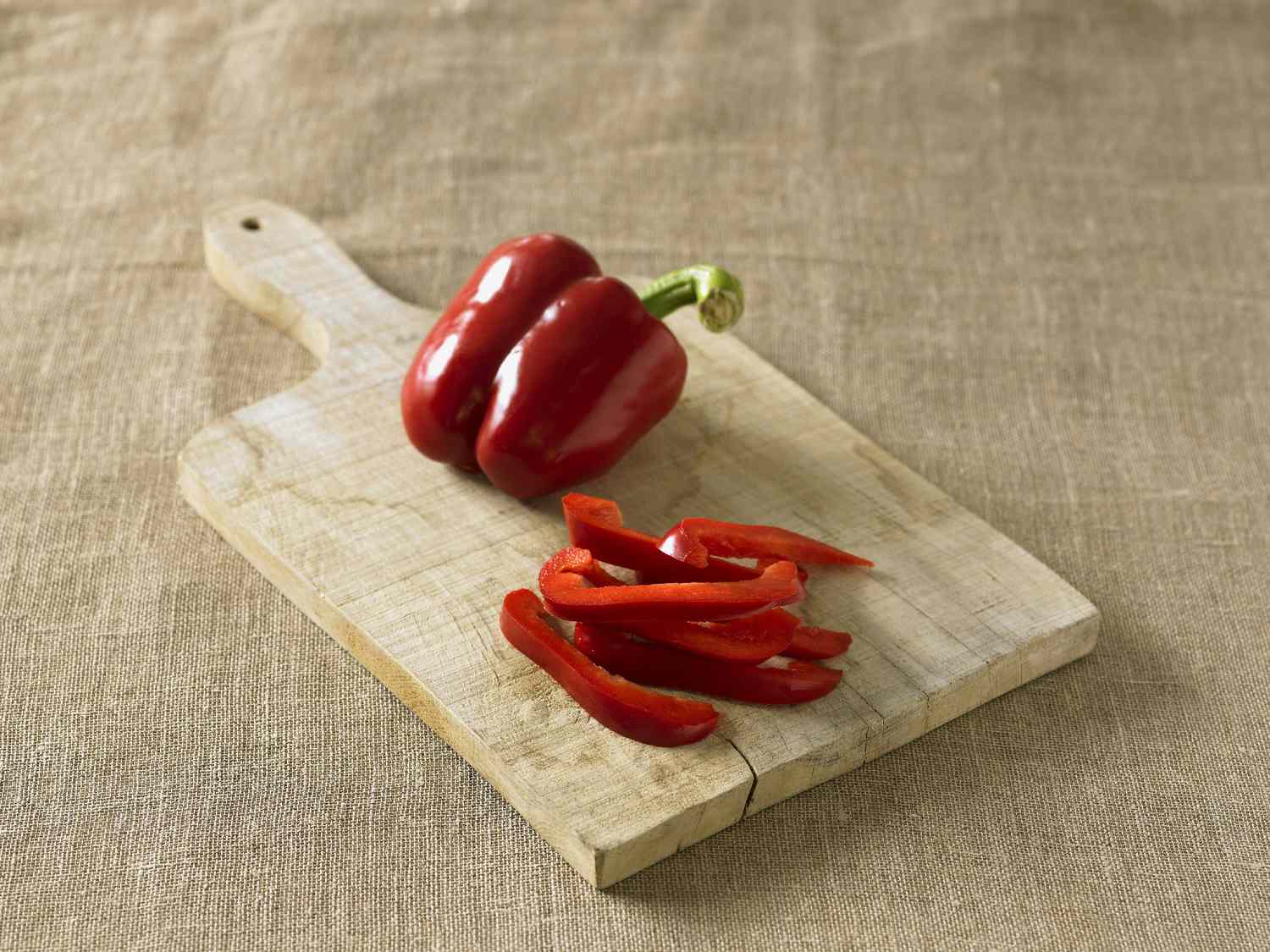
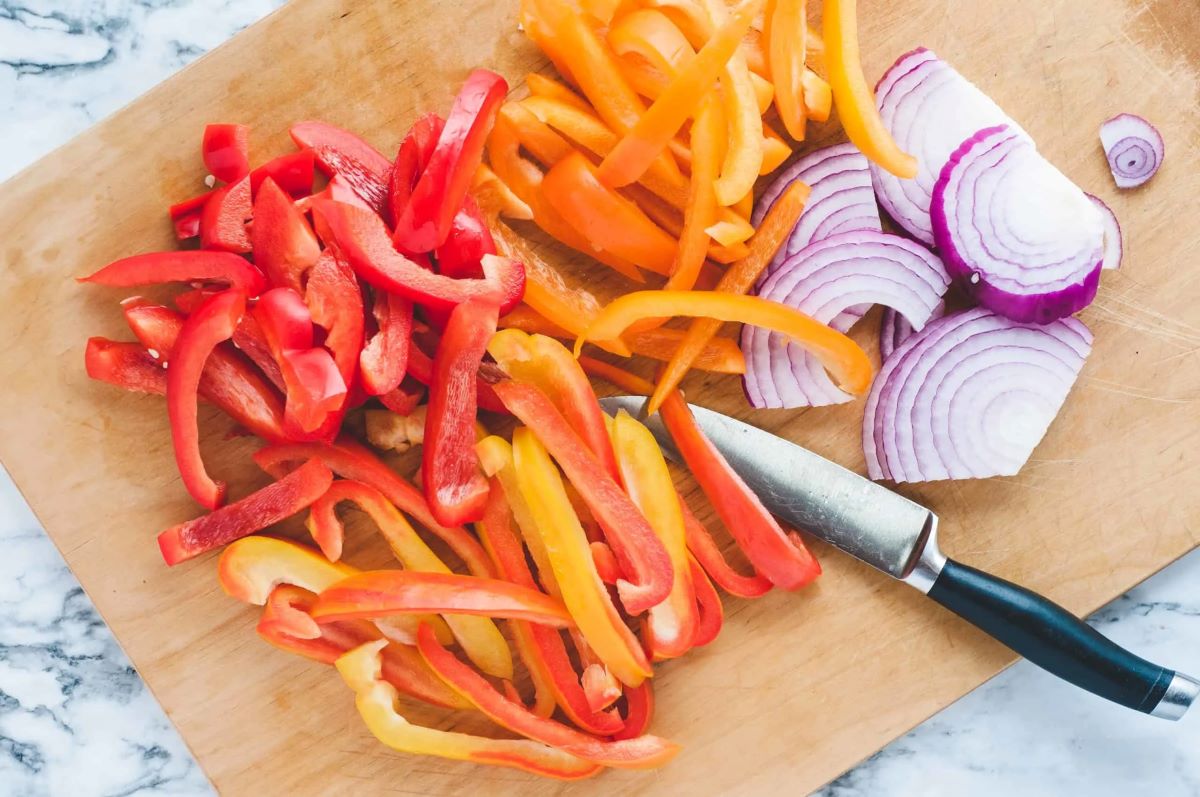
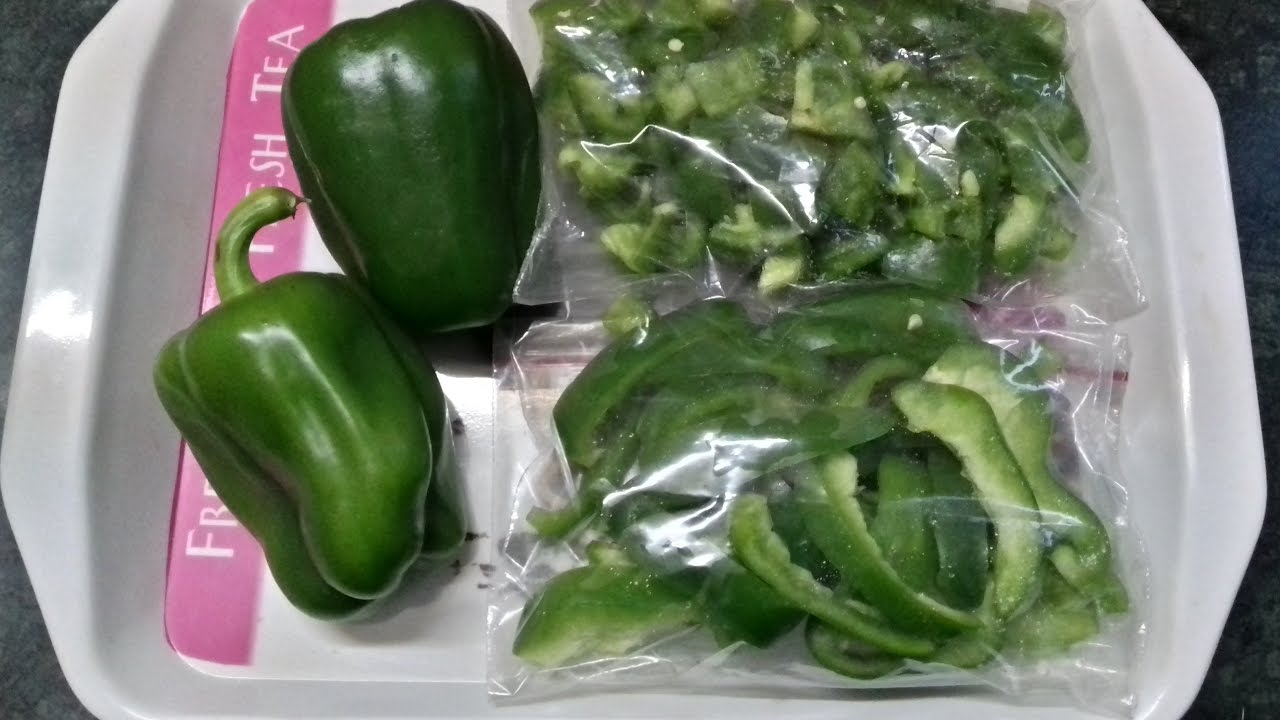
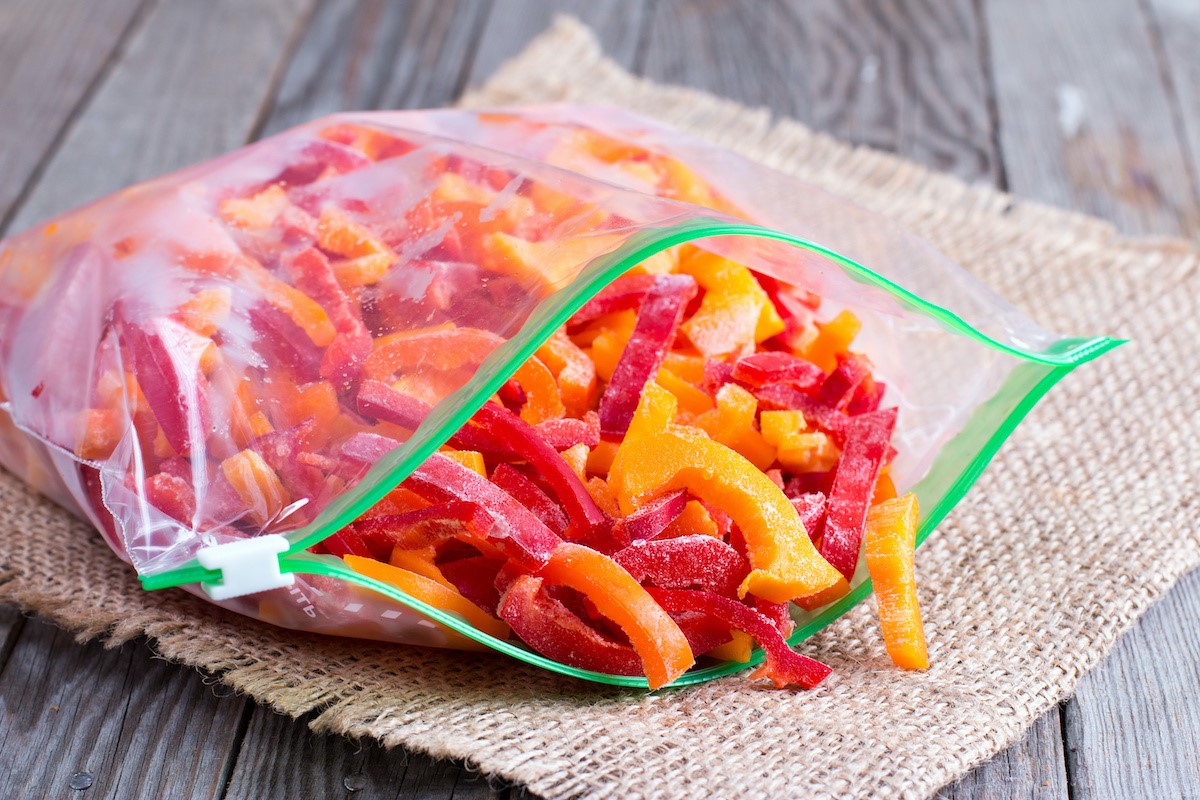
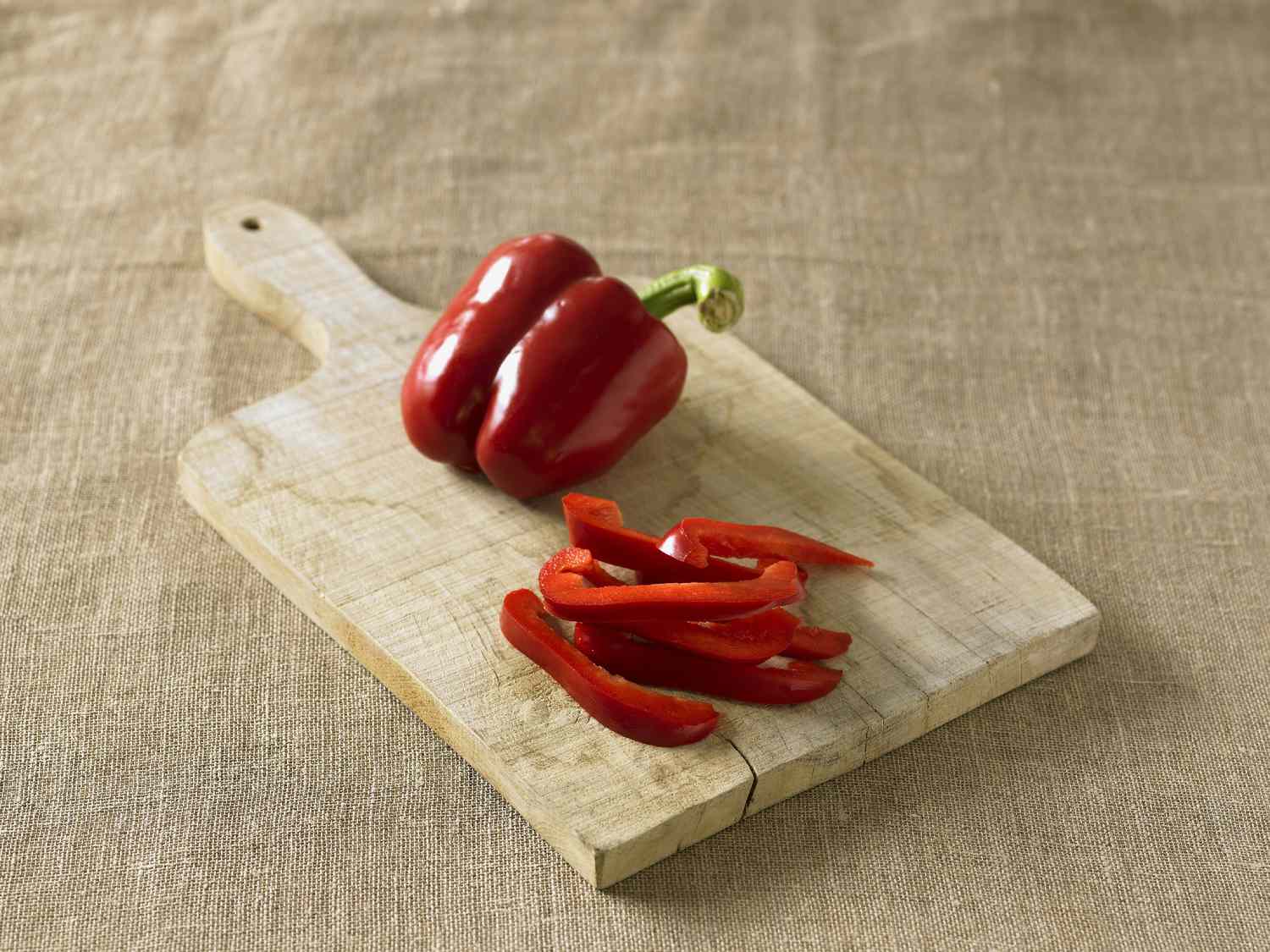
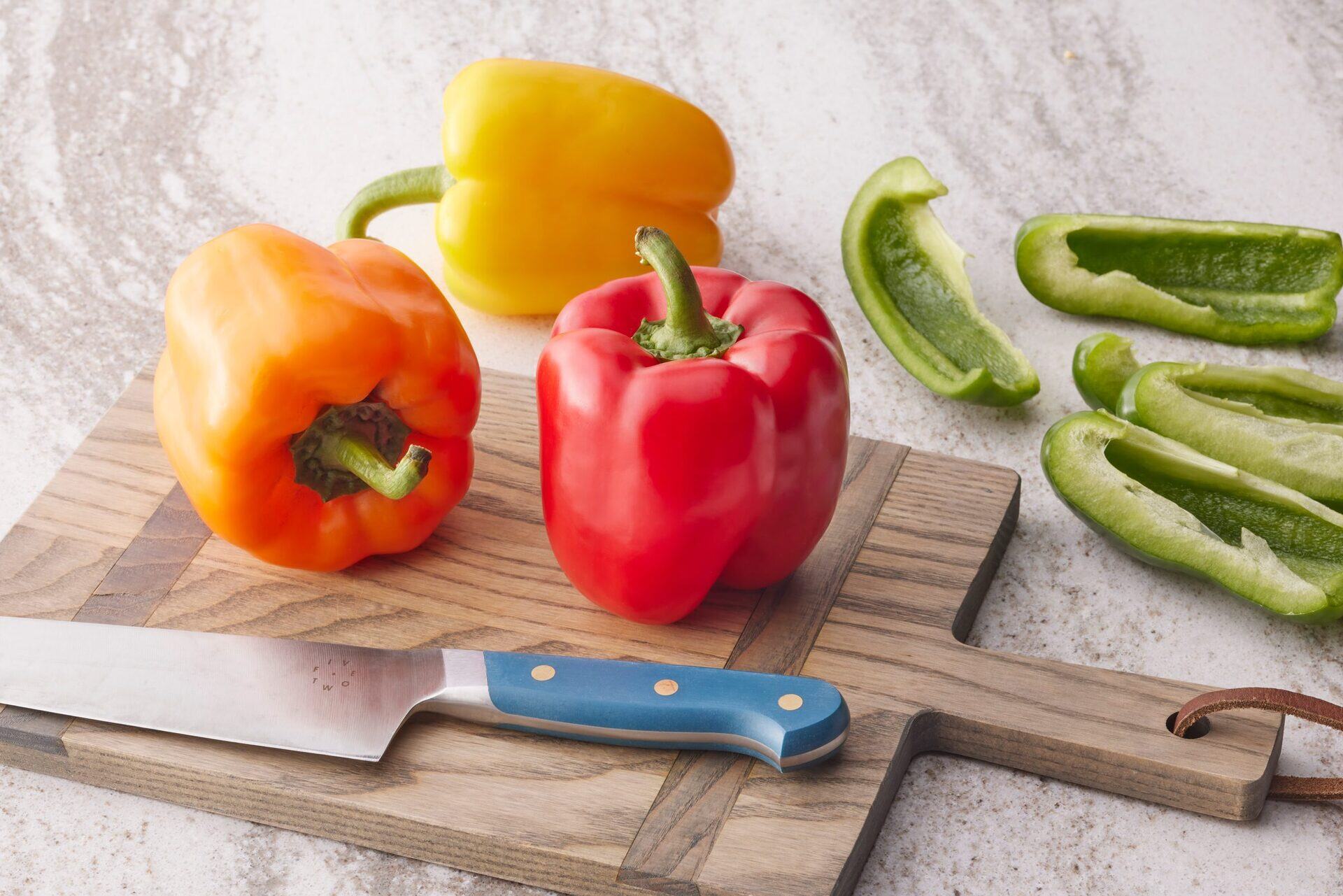
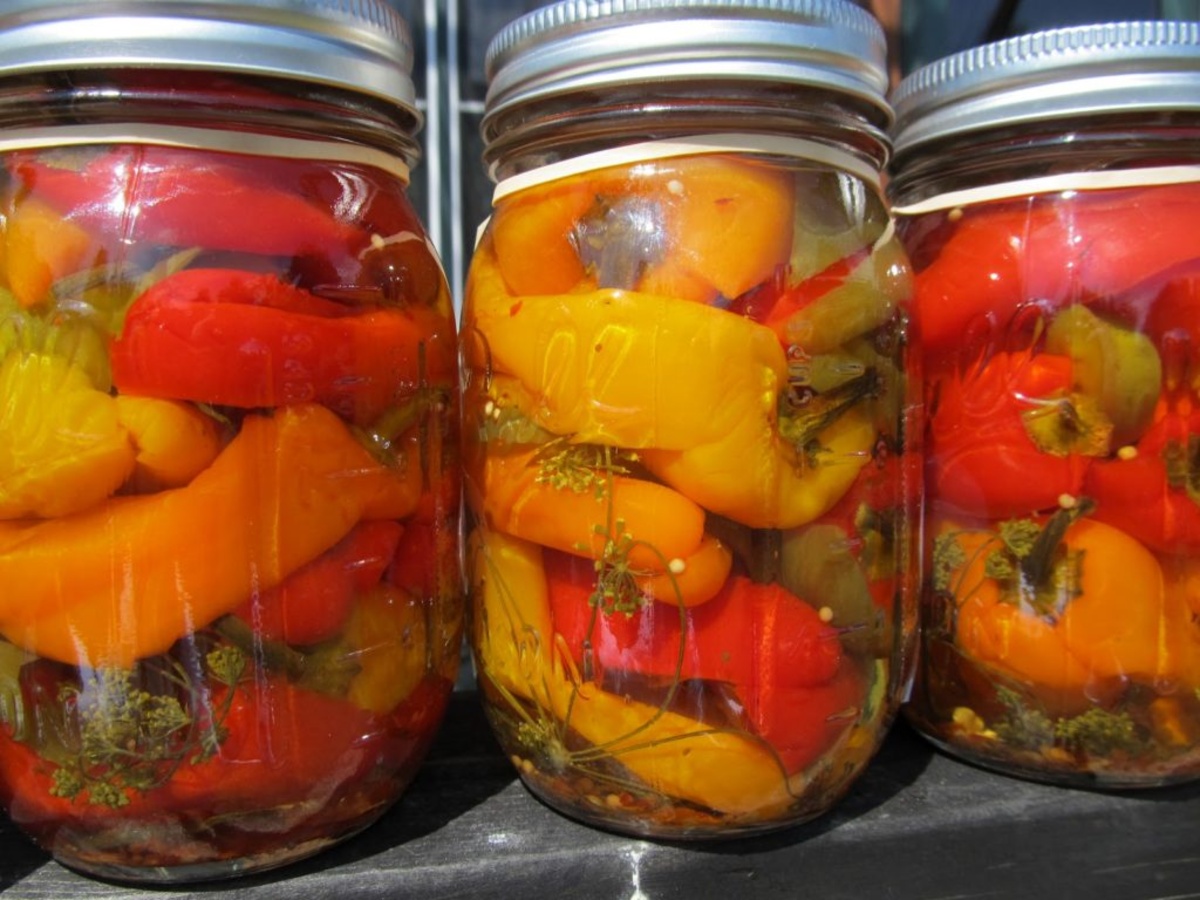
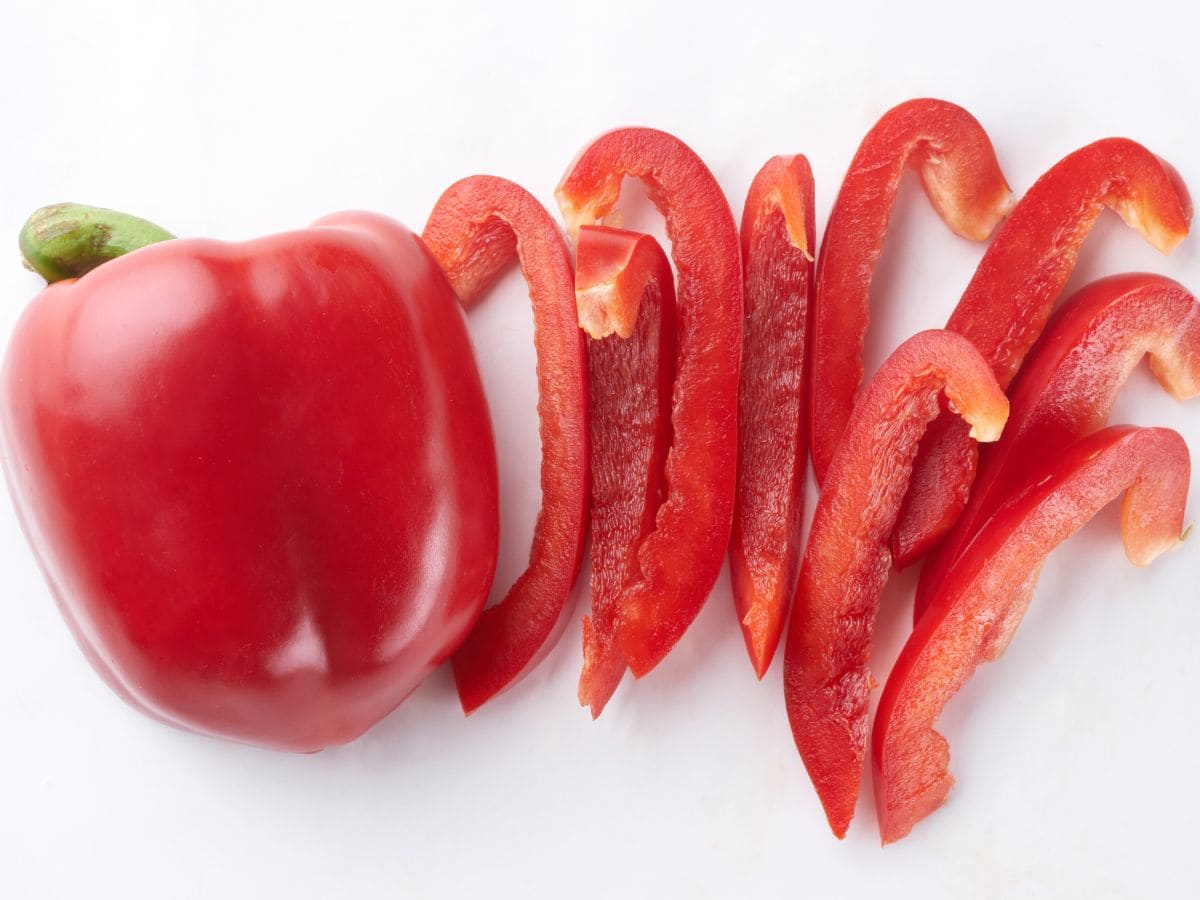
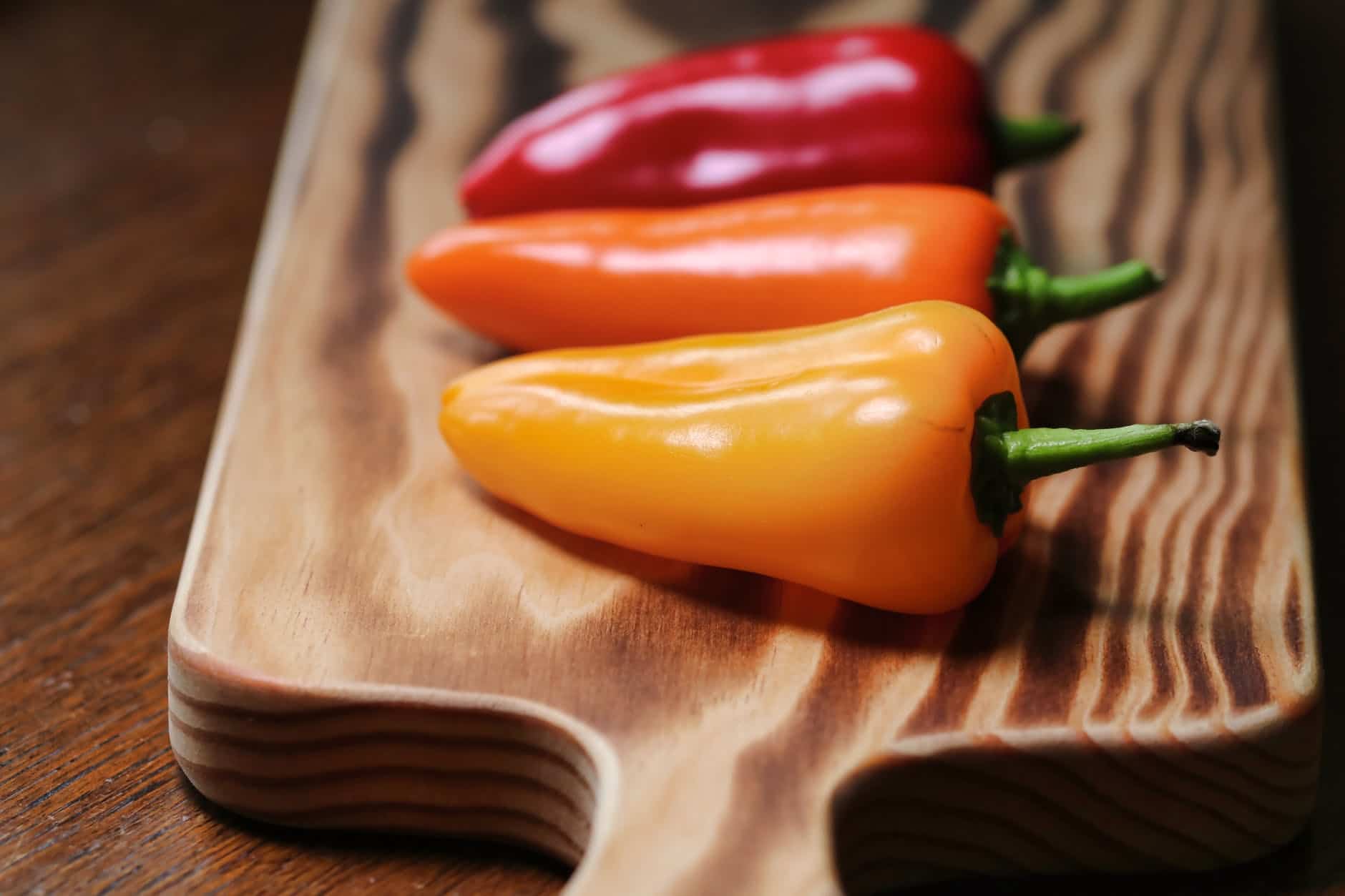
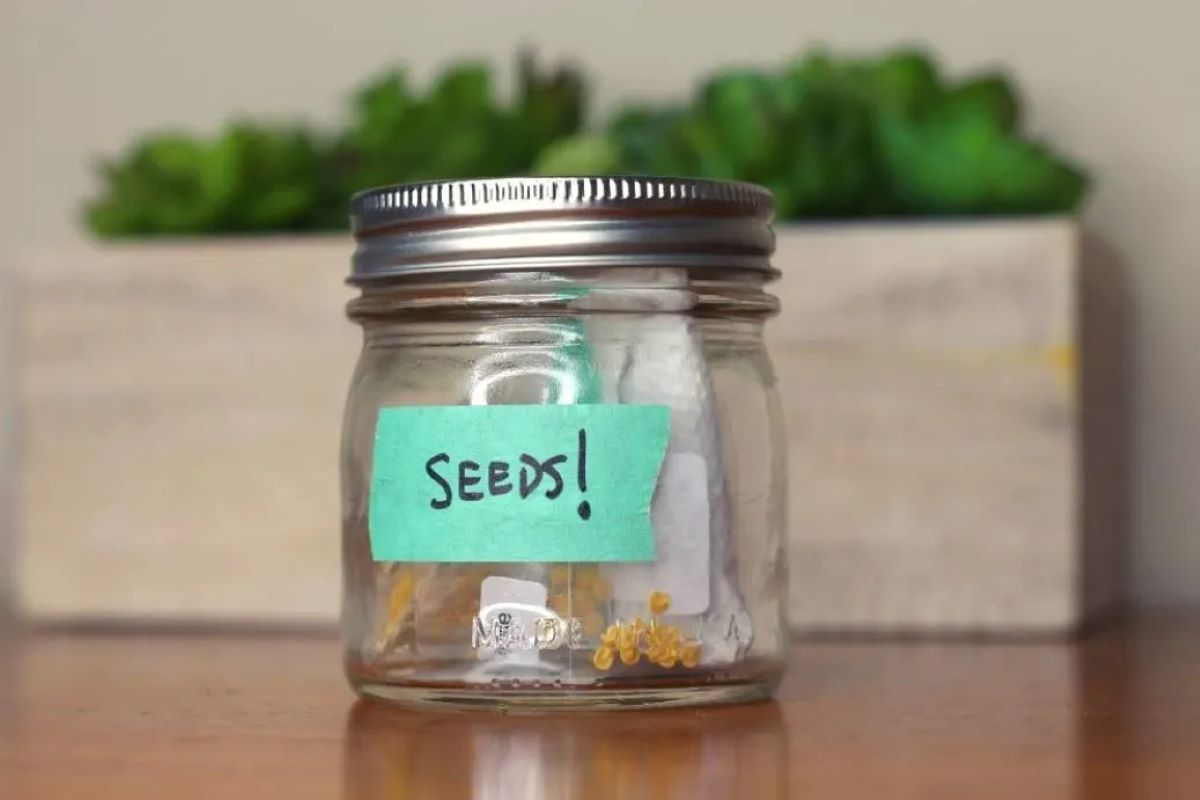
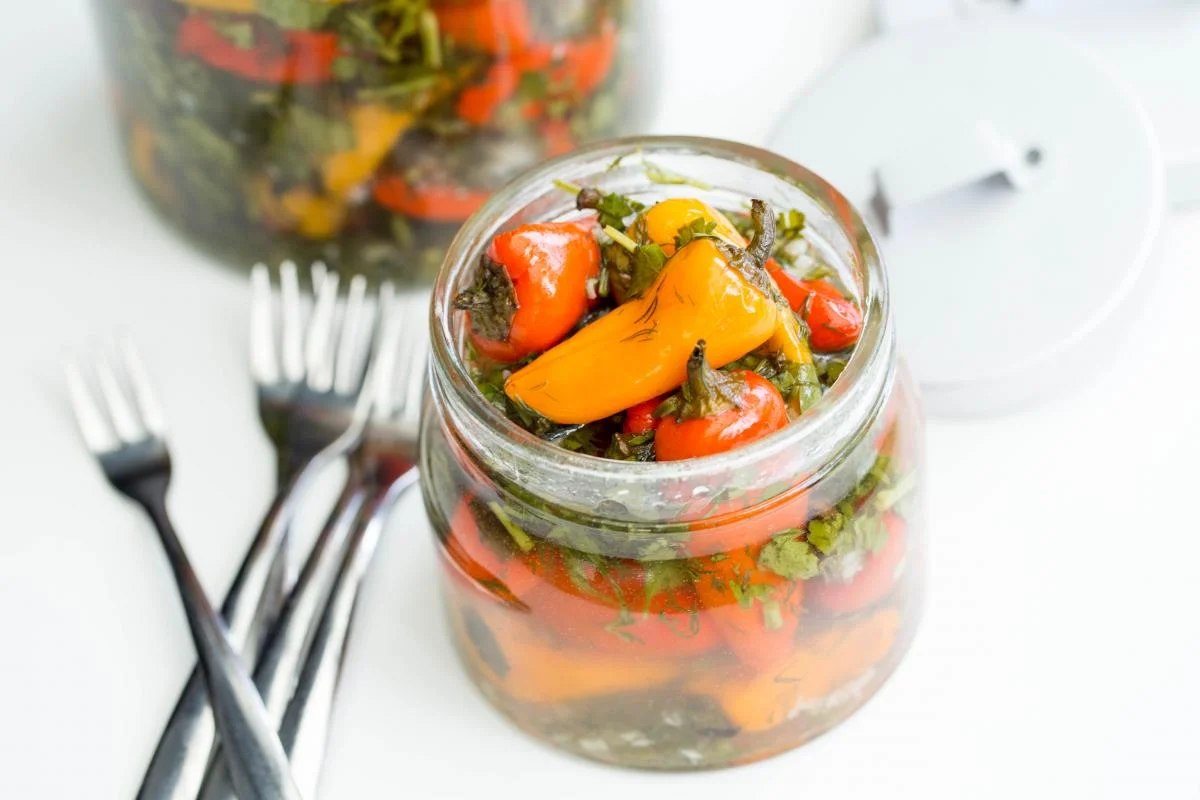
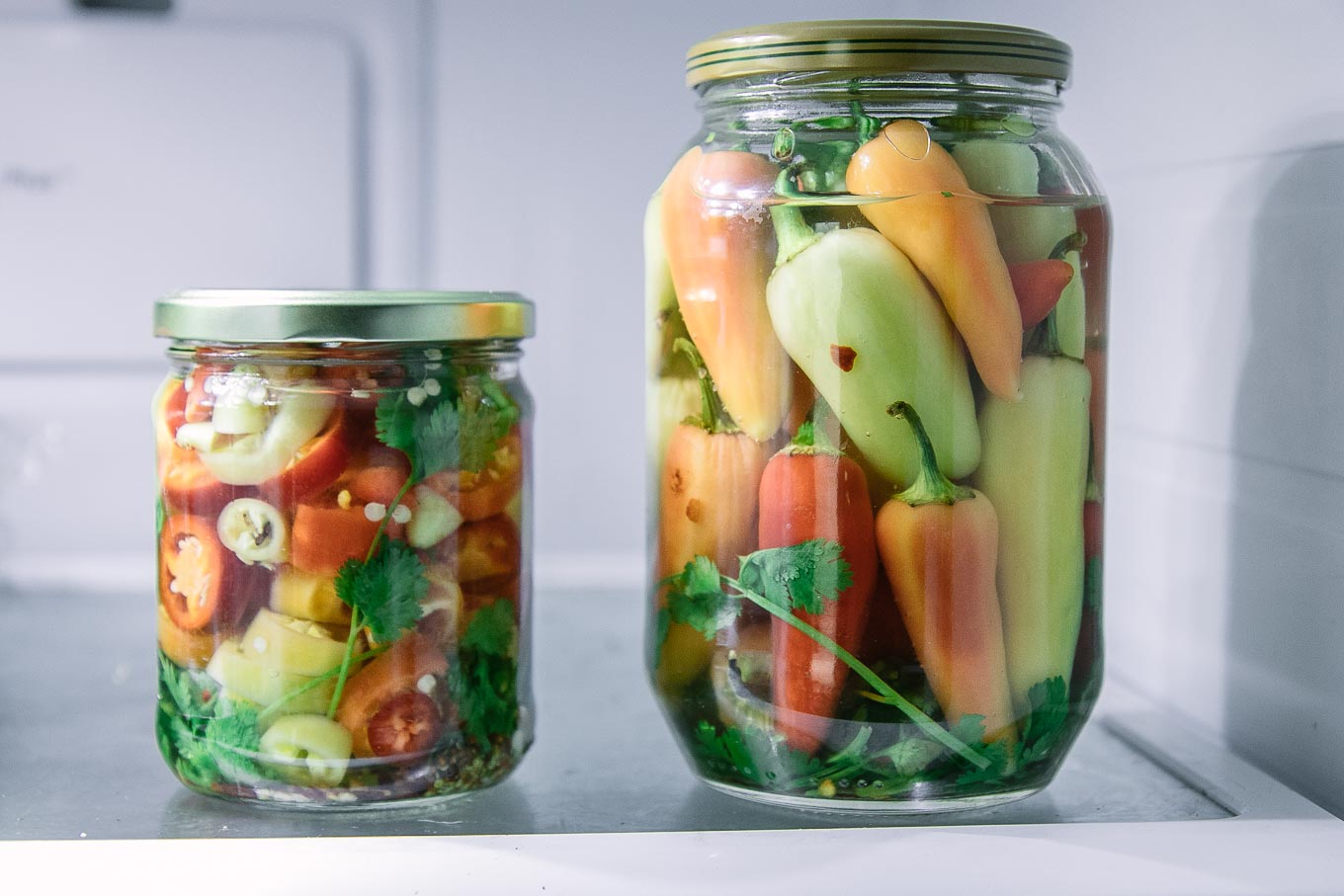
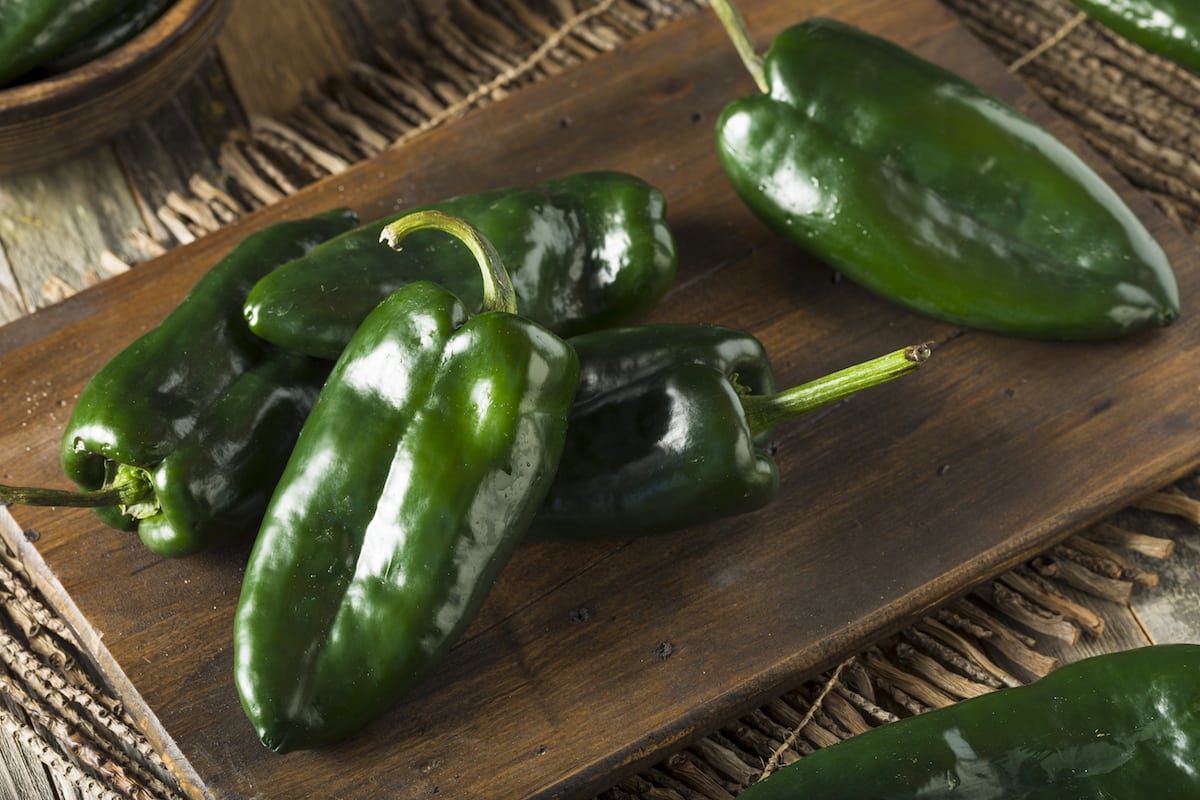

0 thoughts on “How To Store Cut Peppers”